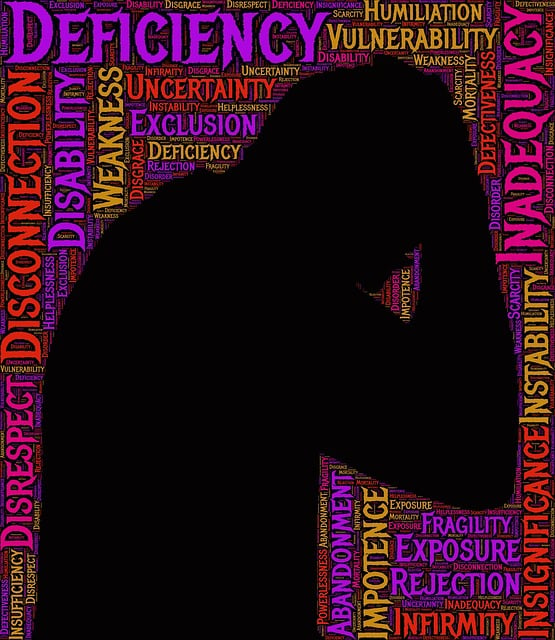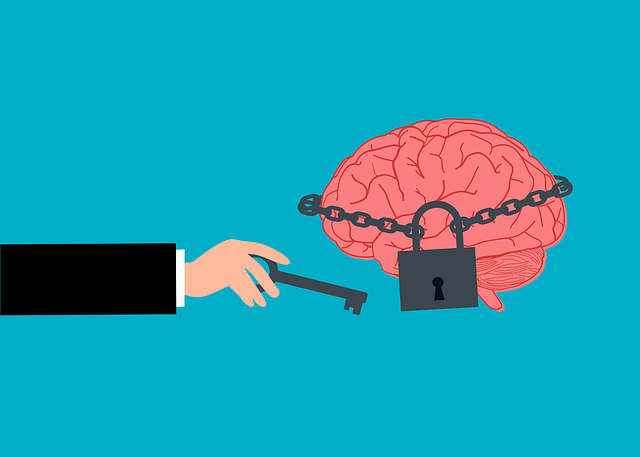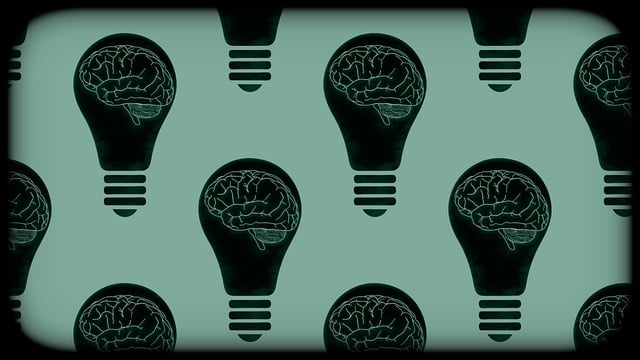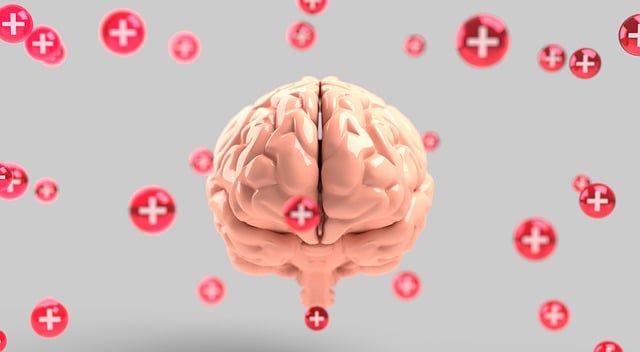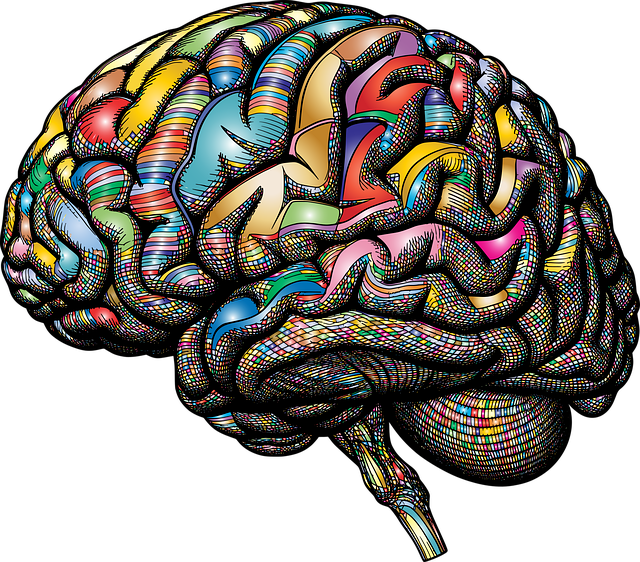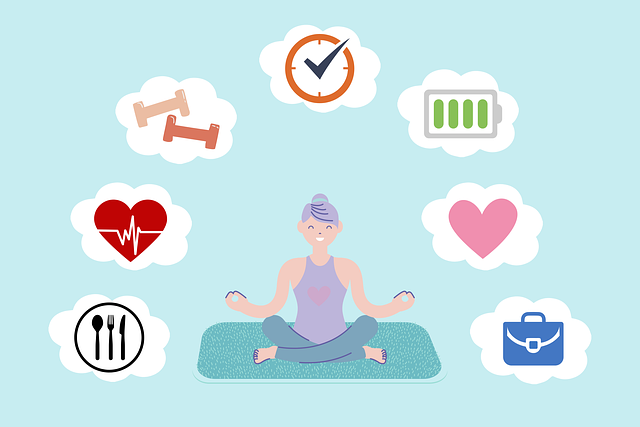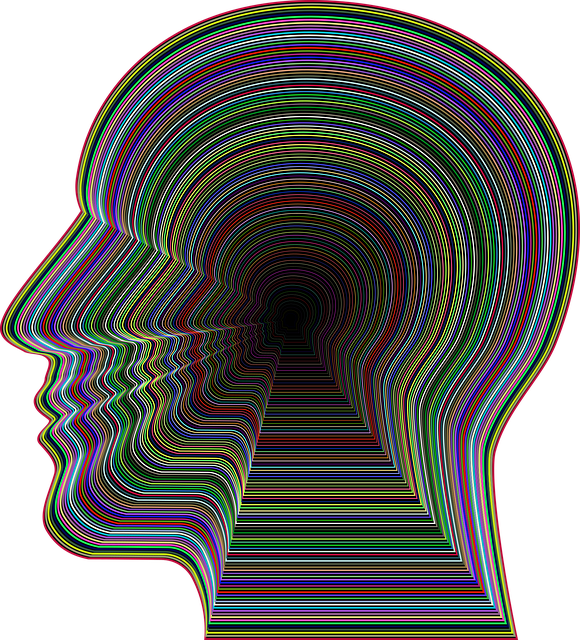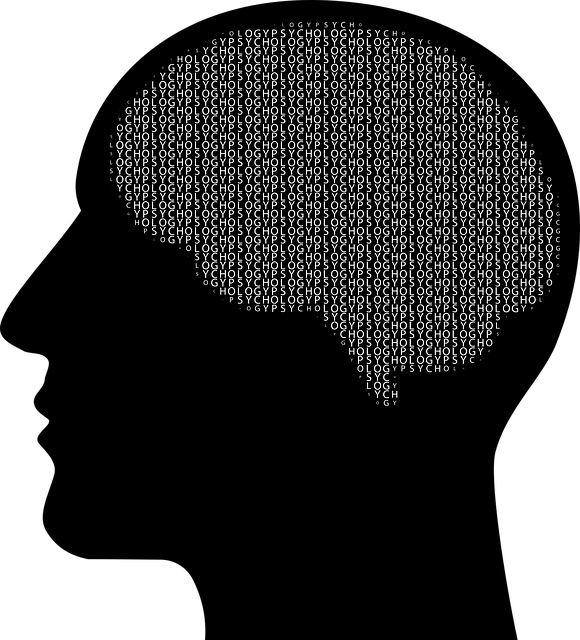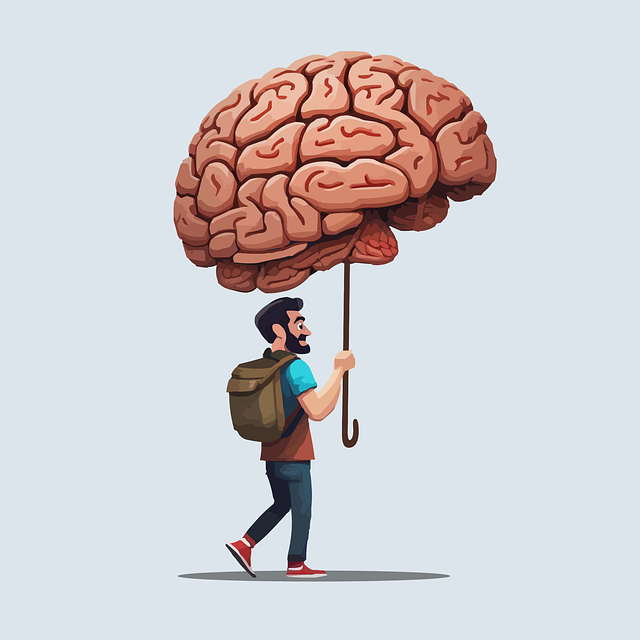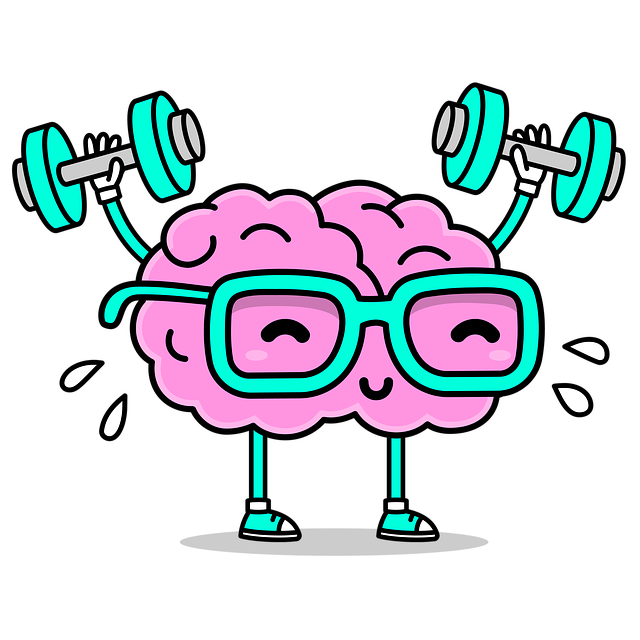The text highlights the growing concern of adolescent mental health, particularly among those with developmental disabilities, who face unique challenges managing emotions and stress. It emphasizes the need for accessible, tailored support, suggesting specialized therapy and mental wellness apps as innovative solutions. These apps should offer evidence-based self-care routines, cultural sensitivity, and diverse features like therapy sessions, guided meditations, mood tracking, and peer support to cater to individual needs. By prioritizing accessibility, privacy, and evidence-based practices, these apps can significantly contribute to the mental well-being of adolescent teens with developmental disabilities, providing tailored therapy options where traditional methods may fall short.
Mental wellness apps are transforming access to support, especially for adolescents facing developmental disabilities. This article explores the growing need for digital interventions in adolescent mental health, delving into the design of therapeutic features tailored to app users’ unique needs. We’ll discuss essential components and functionalities for effective mental wellness apps while emphasizing accessibility and privacy as cornerstones of inclusive development. By understanding these aspects, creators can craft apps that provide valuable therapy for teen users navigating developmental challenges.
- Understanding the Need: Adolescent Mental Health and Developmental Disabilities
- Designing Therapeutic Interventions for Apps
- Features and Functionality: What Makes an Effective Mental Wellness App?
- Accessibility and Privacy: Ensuring Inclusivity and Protection in App Development
Understanding the Need: Adolescent Mental Health and Developmental Disabilities

Adolescent mental health is a pressing issue, with developmental disabilities exacerbating the challenges young individuals face today. The rise in anxiety, depression, and other mental health disorders among teens has prompted a greater need for accessible and tailored support. Many adolescents struggle to navigate their emotions and cope with daily stressors, often due to underlying developmental disabilities that impact their ability to regulate emotions effectively.
These disabilities can hinder a teen’s capacity for emotional well-being promotion techniques, making it crucial to develop innovative solutions like specialized therapy for adolescent teens with developmental disabilities. By focusing on stress management and emotional regulation, mental wellness apps can play a significant role in empowering this vulnerable demographic.
Designing Therapeutic Interventions for Apps

Designing therapeutic interventions for mental wellness apps requires a nuanced approach, especially when catering to diverse user needs, including adolescent teens and individuals with developmental disabilities. These apps should offer evidence-based strategies that promote self-care routine development and enhance self-awareness exercises tailored to each individual’s unique circumstances. For instance, incorporating features that encourage mindful practices, such as meditation or journaling, can be beneficial for all users in managing stress and improving overall mental health.
When creating content, developers must consider cultural sensitivity in mental healthcare practice to ensure inclusivity. This involves incorporating diverse perspectives and representations within the app’s design and language used. By doing so, the therapy provided becomes more accessible and effective, catering to a broader range of users from different backgrounds.
Features and Functionality: What Makes an Effective Mental Wellness App?

An effective mental wellness app should offer a range of features tailored to support users’ emotional well-being and cater to diverse needs, especially for adolescent teens with developmental disabilities. Key functionalities include personalized therapy sessions, accessible through text, voice, or video calls, enabling users to connect with licensed therapists from the comfort of their homes. The app should also incorporate tools for stress management, such as guided meditations, breathing exercises, and mindfulness techniques, helping users to develop positive thinking habits and prevent burnout.
Additionally, features like mood tracking, journaling, and cognitive behavioral therapy (CBT) modules can empower users to actively engage in self-care practices. Incorporating social components, such as peer support forums or group sessions, can foster a sense of community, while gamified elements can make the experience more engaging and enjoyable. By seamlessly integrating evidence-based strategies for mental health promotion, these apps have the potential to significantly contribute to the overall well-being of their users.
Accessibility and Privacy: Ensuring Inclusivity and Protection in App Development

Creating a mental wellness app involves careful consideration of accessibility and privacy features to ensure inclusivity and protection for all users. It’s crucial to design interfaces that cater to individuals with developmental disabilities, incorporating features like customizable font sizes, clear navigation, and simple language to make the app accessible and user-friendly. This approach not only extends the app’s reach to a broader audience but also enhances its effectiveness in supporting mental health.
Privacy is another critical aspect. Users, especially adolescents and teens seeking therapy, need guarantees that their personal information is securely stored and protected. Developers must adhere to strict data privacy regulations, such as GDPR or HIPAA, and implement robust encryption methods to safeguard user data. By prioritizing these considerations, app developers contribute to fostering Mental Health Awareness while promoting Stress Management and Burnout Prevention for diverse users.
Mental wellness apps have the potential to revolutionize therapy for adolescent teens with developmental disabilities by providing accessible, personalized support. By integrating evidence-based interventions and focusing on user-friendly design, these apps can significantly improve mental health outcomes. Ensuring accessibility and privacy is paramount, reflecting ethical considerations and fostering inclusivity. As the field advances, ongoing research and collaboration between developers, therapists, and users will be crucial to meet the evolving needs of this population.


